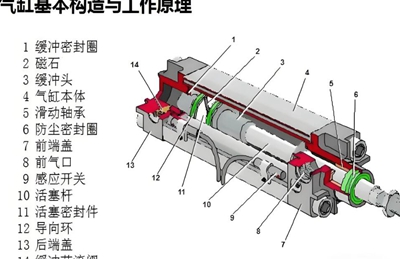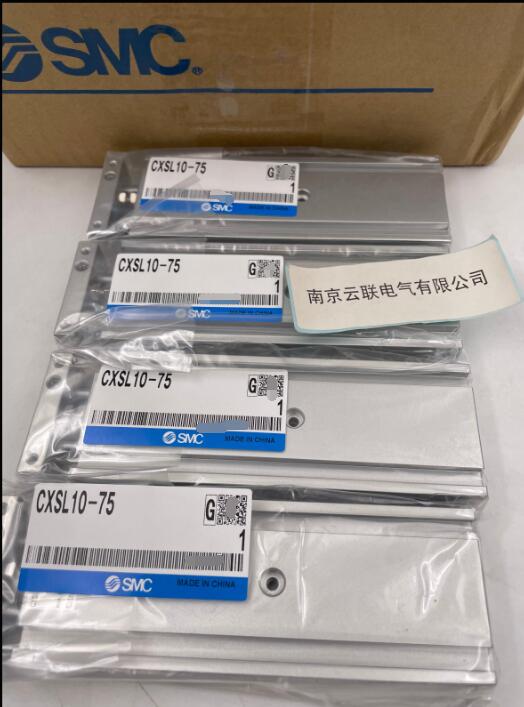
Comparison of performance characteristics between
dual axis cylinder and single axis
cylinder
There are many differences in performance characteristics between dual axis cylinders and single axis cylinders, which determine their performance in different application scenarios.
The
dual axis cylinder adopts dual piston rod output, which has a large output force and can meet the needs of situations that require a large compression force, such as presses, stamping dies, etc. Meanwhile, the dual axis cylinder has certain resistance to bending and torsion, and can withstand certain lateral loads. Its structure is compact, saves space, the cylinder body is fixedly installed, and the guide rod is built into the cylinder body. However, dual axis cylinders do not have inherent guidance, and prolonged use may damage the cylinder sealing ring and cause air leakage. Therefore, it is usually necessary to install linear bearings or linear guides for guidance support.
Single axis cylinders have a simple structure and low cost, making them one of the most common types of cylinders. Its installation and maintenance are relatively convenient, and it has good guidance because its piston rod is usually highly concentric with the cylinder, which can ensure the linear movement of the piston inside the cylinder. The stroke range of a single axis cylinder is wide and can be customized according to actual needs. However, the output force of a single axis cylinder is relatively small, which may not meet the requirements in situations where larger thrust is needed. Moreover, its ability to resist lateral loads is weak, and when the lateral force is large, it is easy to cause the piston rod to bend or the cylinder barrel to wear.



